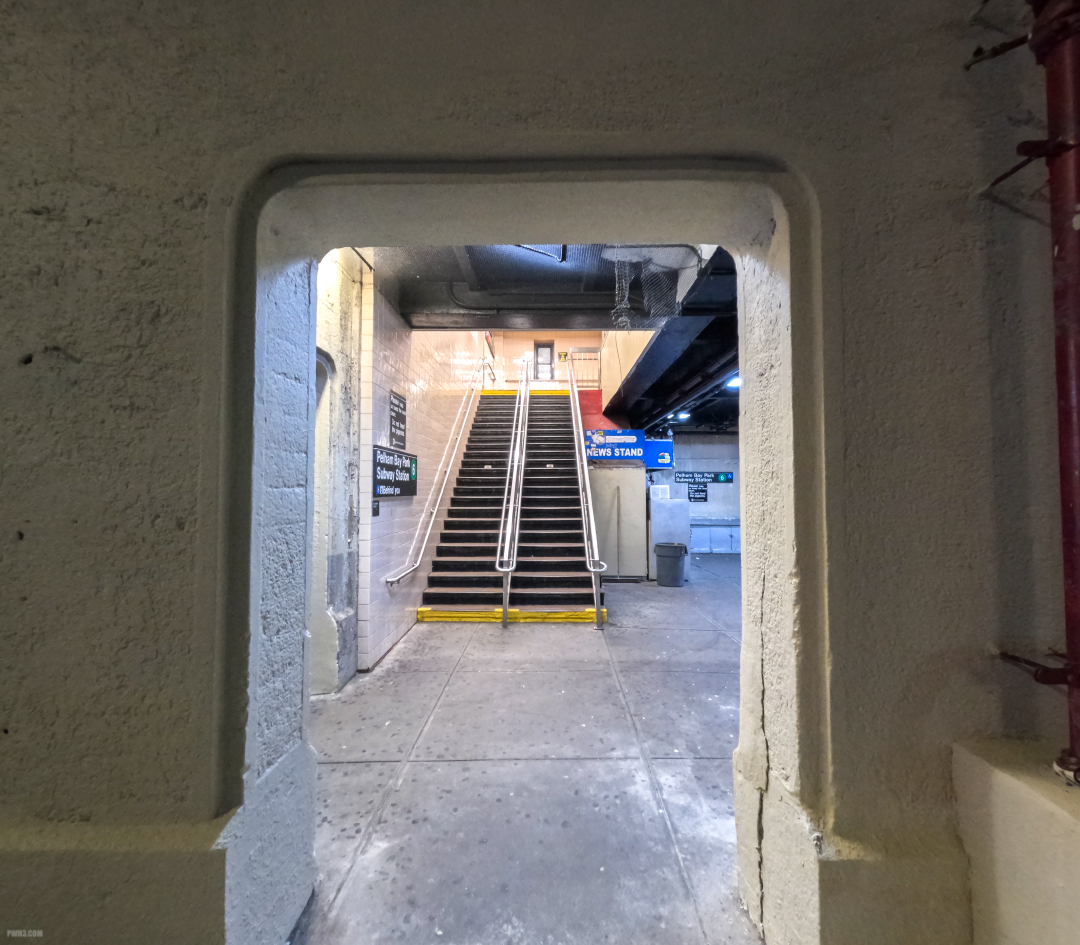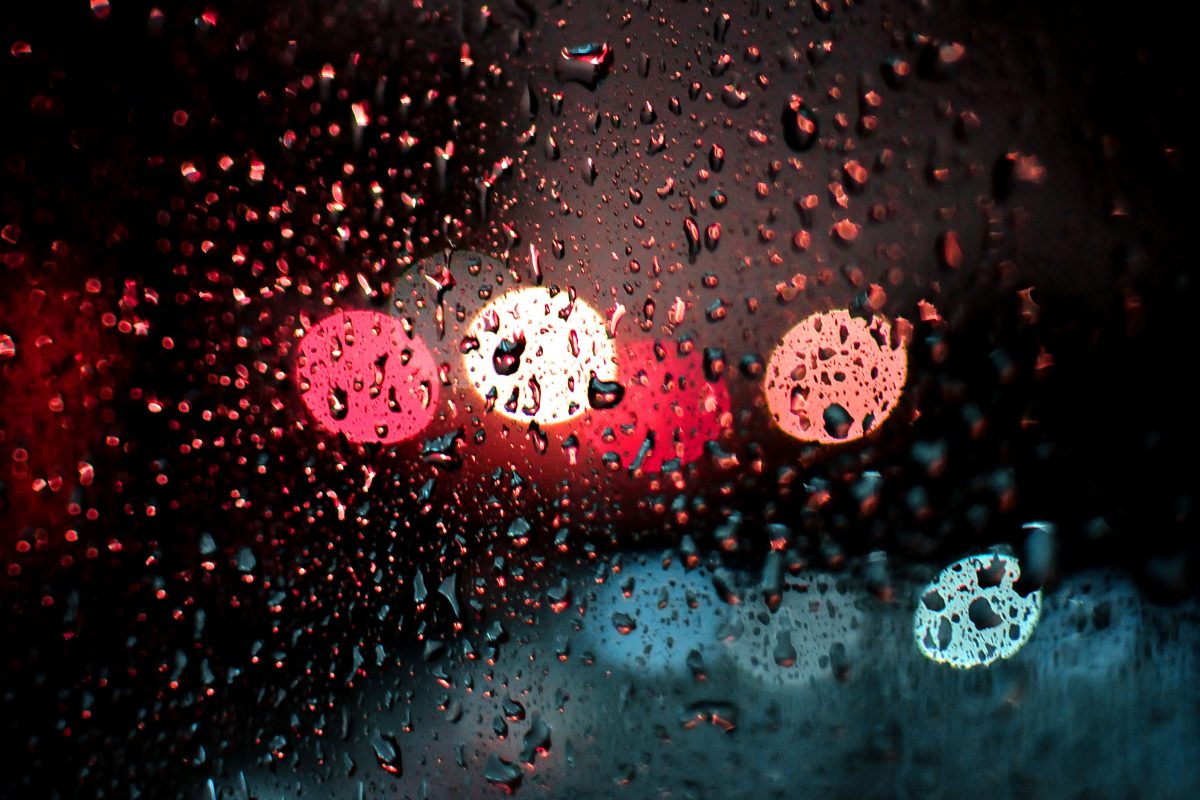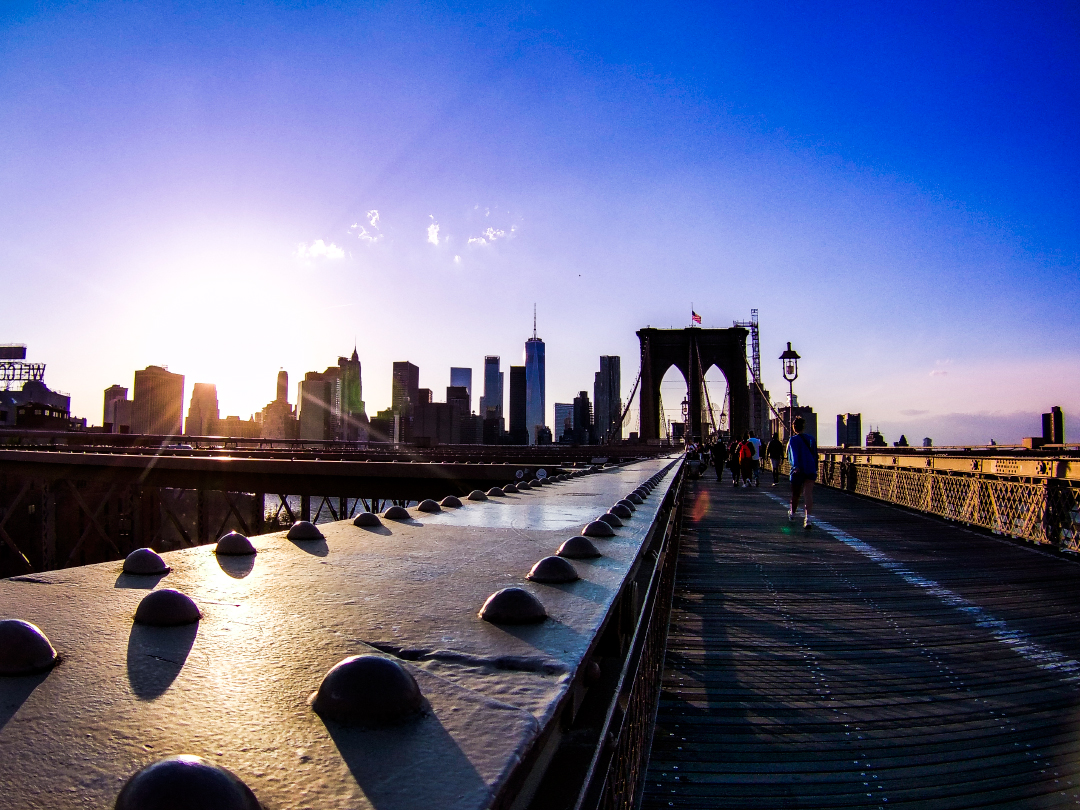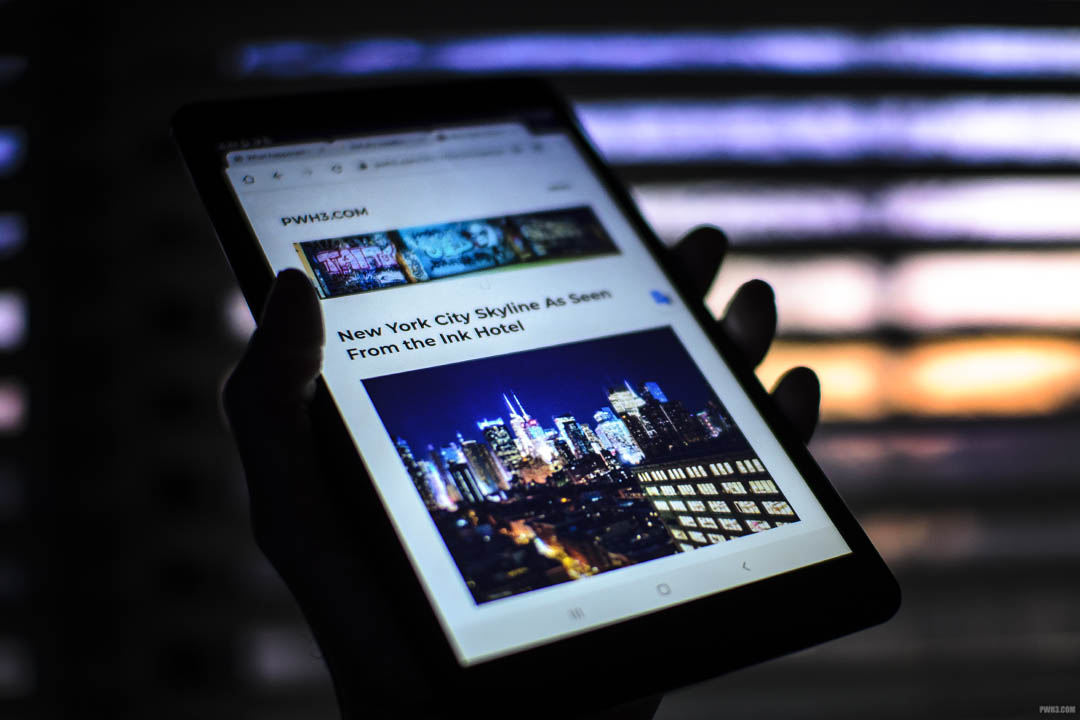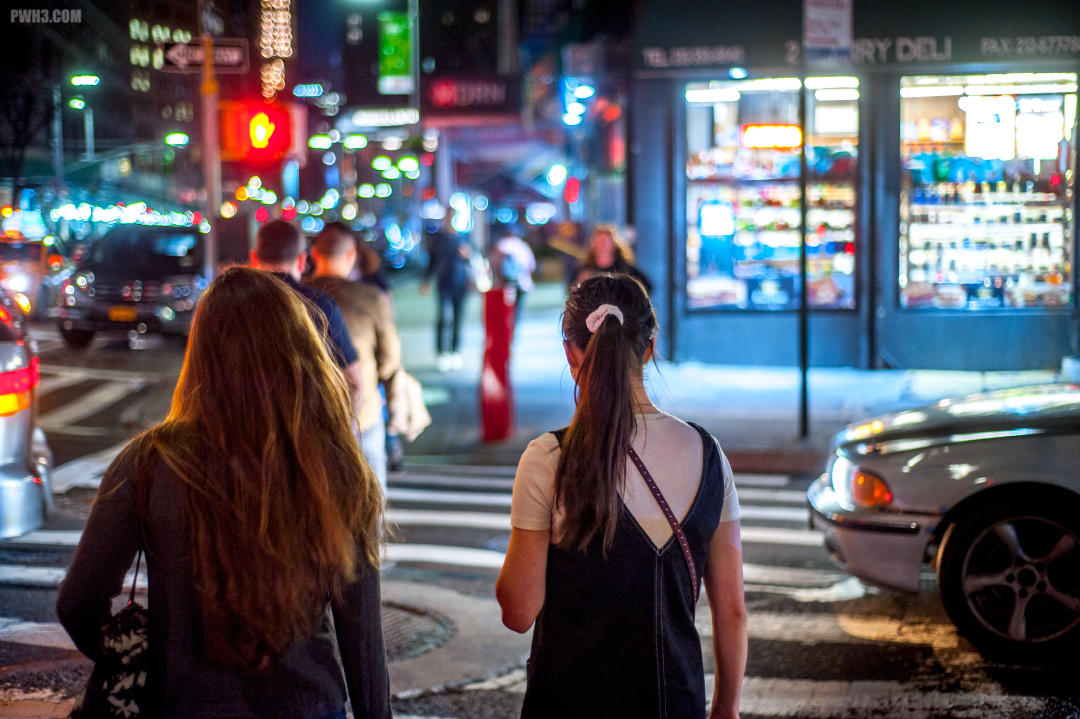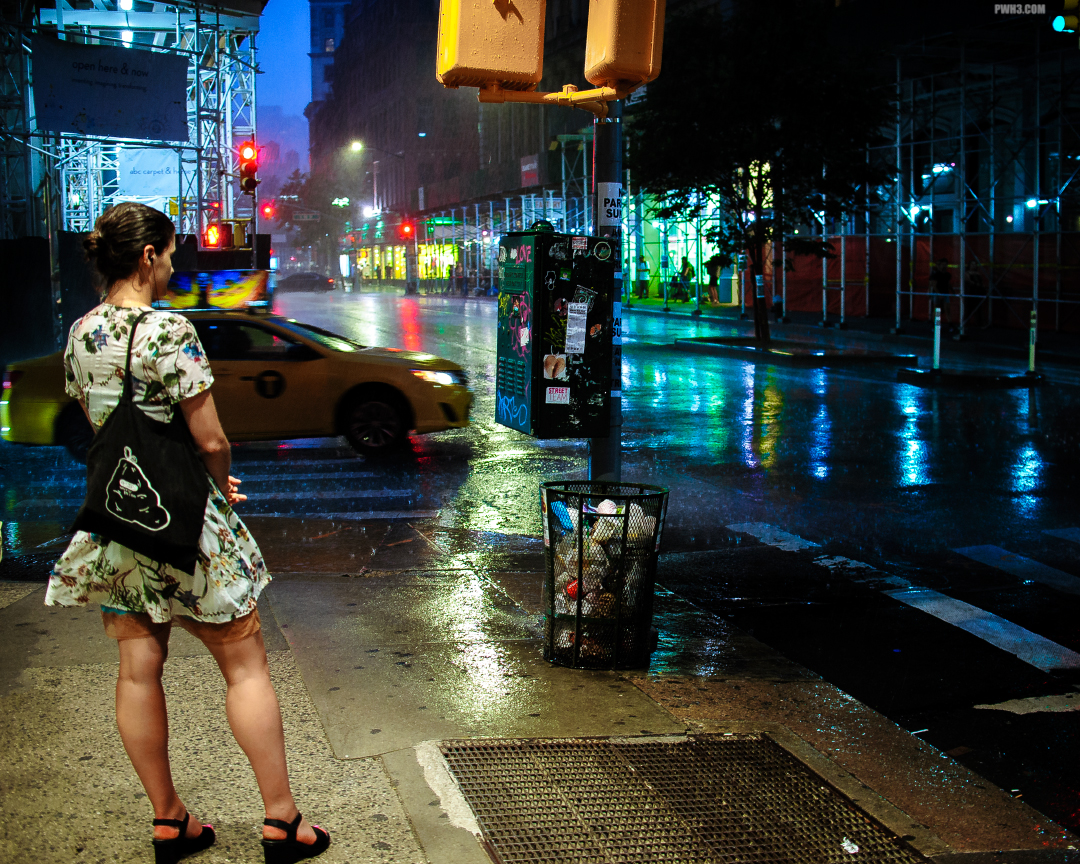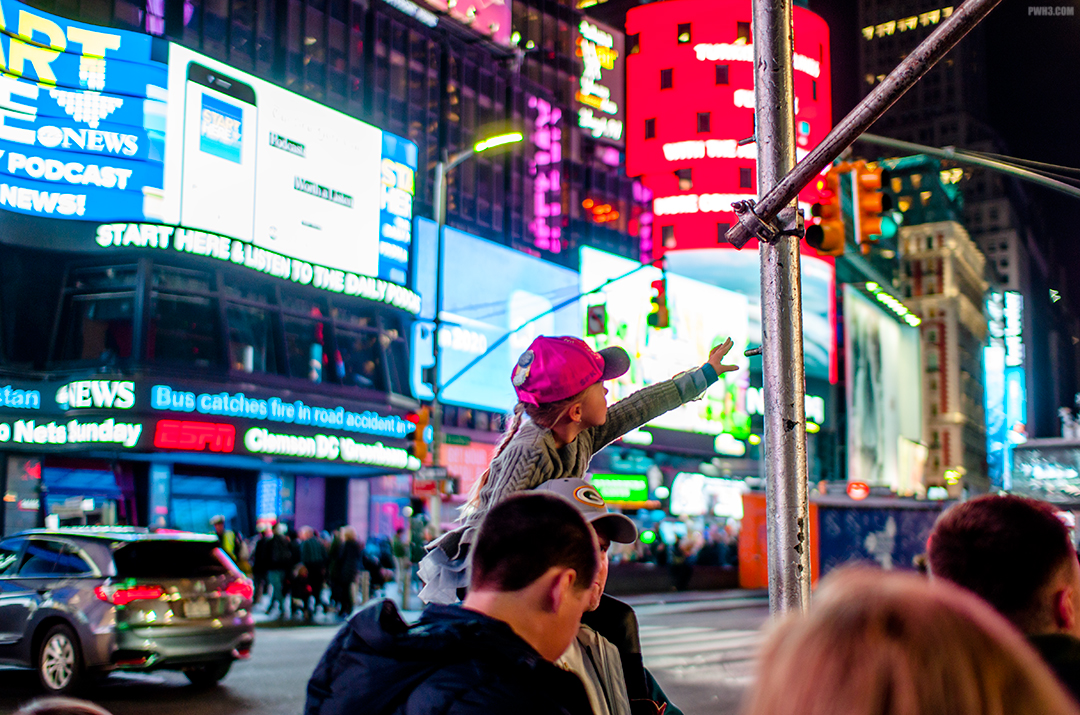Admit it – the Camera RAW interface is much more pleasant for editing photos than using a bunch of layers in Photoshop. This is why Lightroom is so popular among socially well-adjusted photographers (that is to say, event photographers). But sometimes you just need Photoshop, and sometimes you shot everything as JPG for whatever reason. In this instance, you’re better off using Adobe Camera RAW for editing your images.
Category: Advanced
Getting Off of the Endless RAW Upgrade Treadmill
I have written many articles as to why you should always shoot RAW and the reasons still hold true. However, RAW shooting comes at a hidden cost: an endless need to upgrade your editing software as you buy new cameras, which may become a time-consuming burden in some circumstances. In addition, the new software may not run on your old hardware, requiring you to upgrade your computer too, which can get expensive rather quickly.
Continue reading “Getting Off of the Endless RAW Upgrade Treadmill”Using an Action Camera For Photography
GoPro pioneered the concept of an “action camera” – a tiny, rugged, easy-to-operate camera that is intended to be used to record action sports. In the years since the first GoPro was launched, many competitors such as Akaso and DJI have produced action cameras as well. Regardless of the brand, these cameras are primarily video-focused, and the newest ones are capable of recording crisp and detailed 4K and even 5K video. Though it’s not their primary function, most of these cameras are capable of doing still photography as well.
While they aren’t the best choice for general still photography, action cameras can be very useful as a photographic tool, particularly to capture very wide landscape shots. Here are some things to consider when using an action camera for photography.
Note: In this article, I used an Akaso Brave 6 Plus for all of the photographs.
Continue reading “Using an Action Camera For Photography”How to fix the “Your PHP installation appears to be missing the MySQL extension which is required by WordPress” Error on HostGator
This is an off-topic post, but many photographers use WordPress as the basis of their photography portfolios and photo blogs, so I am writing it anyway.
If you’re using HostGator and you tried to update your PHP version to the most recent one (like I did) and you thereby broke your entire WordPress blog (like I did), here’s a quick fix I found that will hopefully get everything working for you again.
Even though this is specifically for those of us using HostGator, it may work with other hosting platforms that use cPanel. Or you may be able to extrapolate a solution that works for you based on this information if you’re using different control panel software or a Linux distribution on your own server. Give it a shot if nothing else is working – but remember, you are doing this at your own risk and I am not responsible if you mess up your site even more.
Continue reading “How to fix the “Your PHP installation appears to be missing the MySQL extension which is required by WordPress” Error on HostGator”Advanced Quick Tip – Set Your RAW files to “Lossless compressed”
Your professional camera probably has multiple settings for RAW compression. Changing how your camera compresses RAW files can be useful for saving space while shooting, but it may have some unfortunate effects, particular if you are using an older camera with an older sensor. You may not notice it in every image, but there may come a time when an important image suffers due to how your camera handles RAW compression.
RAW Compression Settings
Whatever you do, don’t bother with Compressed RAW images, as they will sometimes give you an unfortunate dithering or gradient in your sky shots (or any shots that contain large areas of solid color) that you can’t easily remove in post processing.
Continue reading “Advanced Quick Tip – Set Your RAW files to “Lossless compressed””Using the Nikon 35mm f1.8G DX lens on a Full-Frame FX Camera
The answer is yes. You can use Nikon’s 35mm DX lens on an FX camera in FX mode. For some reason, the lens was designed to *almost* cover a full-frame sensor, despite being designed and marketed only for DX bodies. There are some problems with it, but if you recently upgraded to a full-frame Nikon and already have this lens, it’s worth giving it a try.
The first thing you need to do is find the “Image area” submenu on your camera and turn OFF the “Auto DX crop” option. Also make sure “Choose image area” is set to FX, which it probably already is unless you’ve been screwing around.
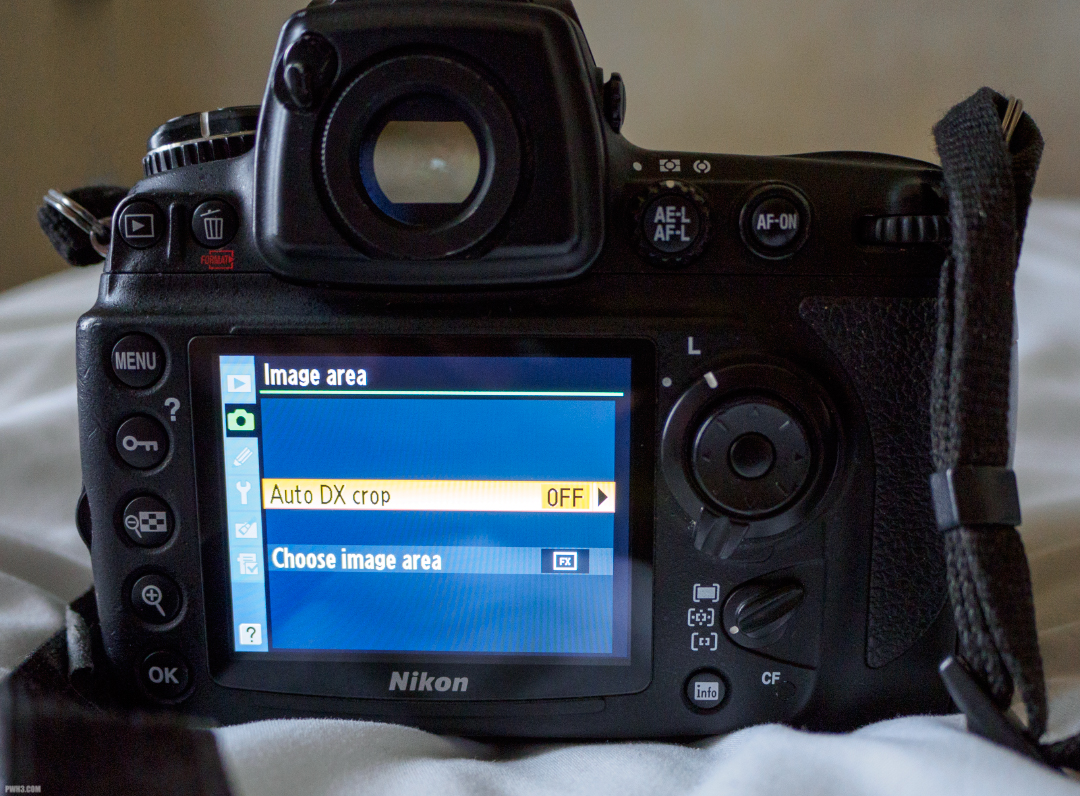
Once that’s all set, the camera will no longer go into DX mode and you’ll be able to use the full 35mm glory of this tiny lens on your full-frame system. You will now get a nice and useful 35mm field of view with only some minor vignetting at wider apertures (generally speaking, under f4).
If you stop down too far (past f4) the edges will change from gentle vignetting to totally black, as if you’re looking through the keyhole of a door. That’s the caveat with using this lens on an FX camera. But you bought a full-frame system to use the lenses wide open for that ridiculous background blur, so who cares about f4 and above, right?
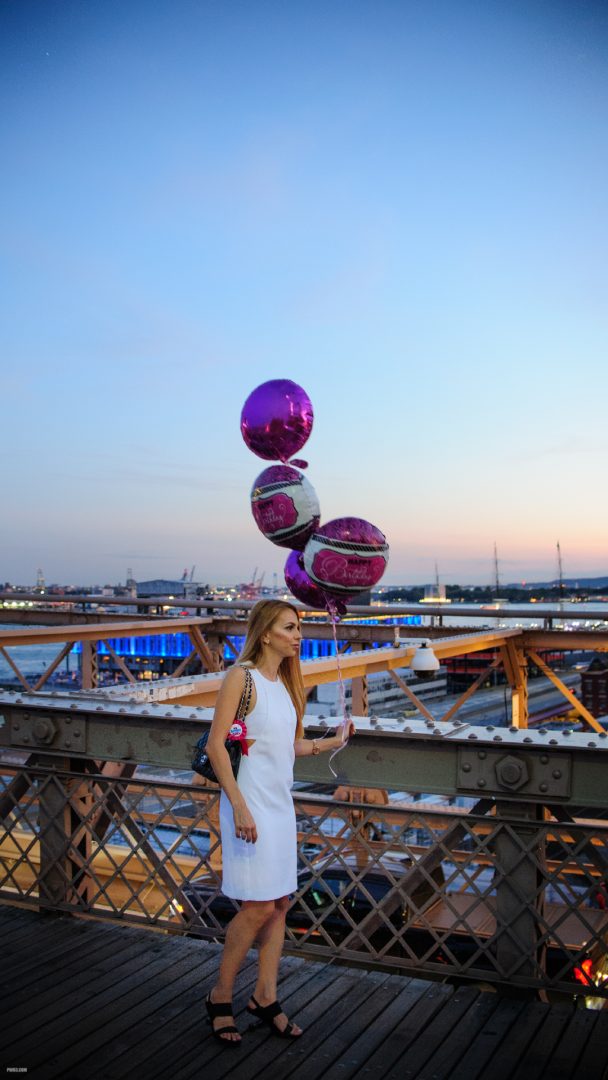
As you can see in the sample photo above, the vignetting is definitely there but it’s not too bad under most shooting conditions. Vignetting may be become more distracting in bright sunlight, but you can always crop it out or correct for it in Photoshop or Lightroom under the Lens Corrections menu. If you shoot a lot at night or in dark bars like I do, then the vignetting won’t even matter.
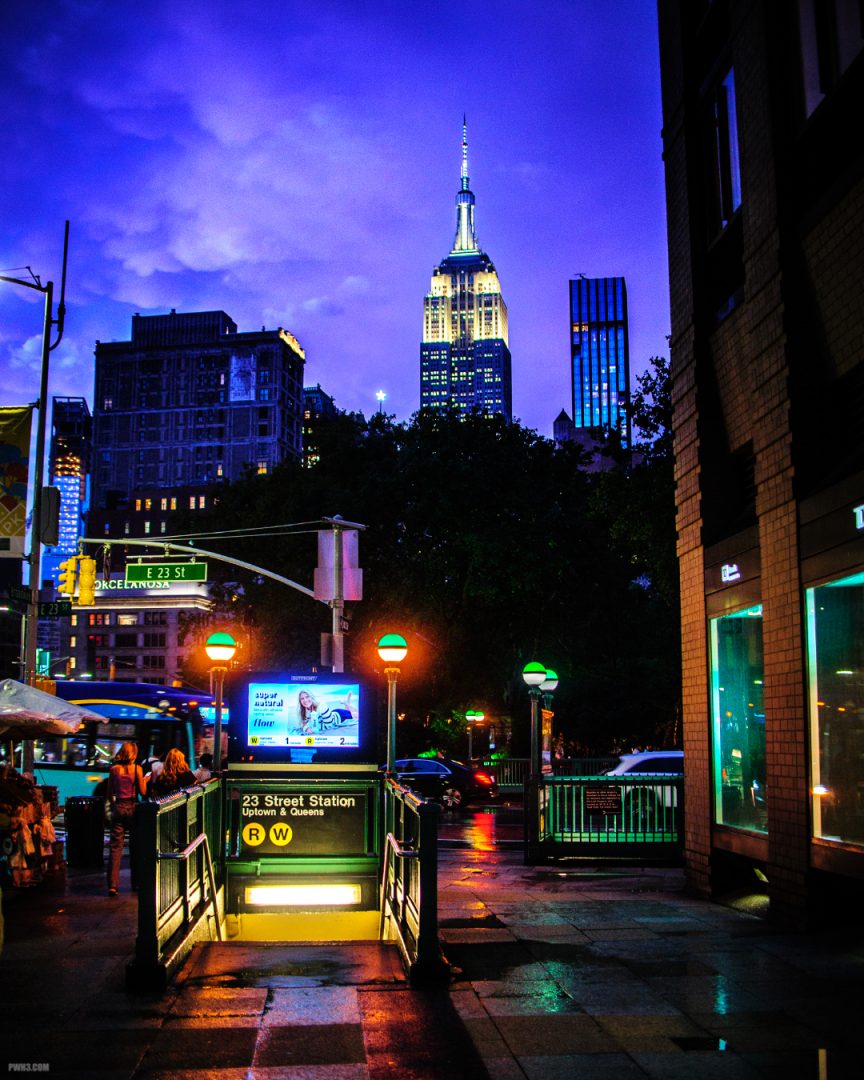
The lens performs well on full-frame cameras, with rich and vivid colors. Sometimes the colors are too vivid, to the point of being almost cartoonish. But you can always color correct in your editing software.
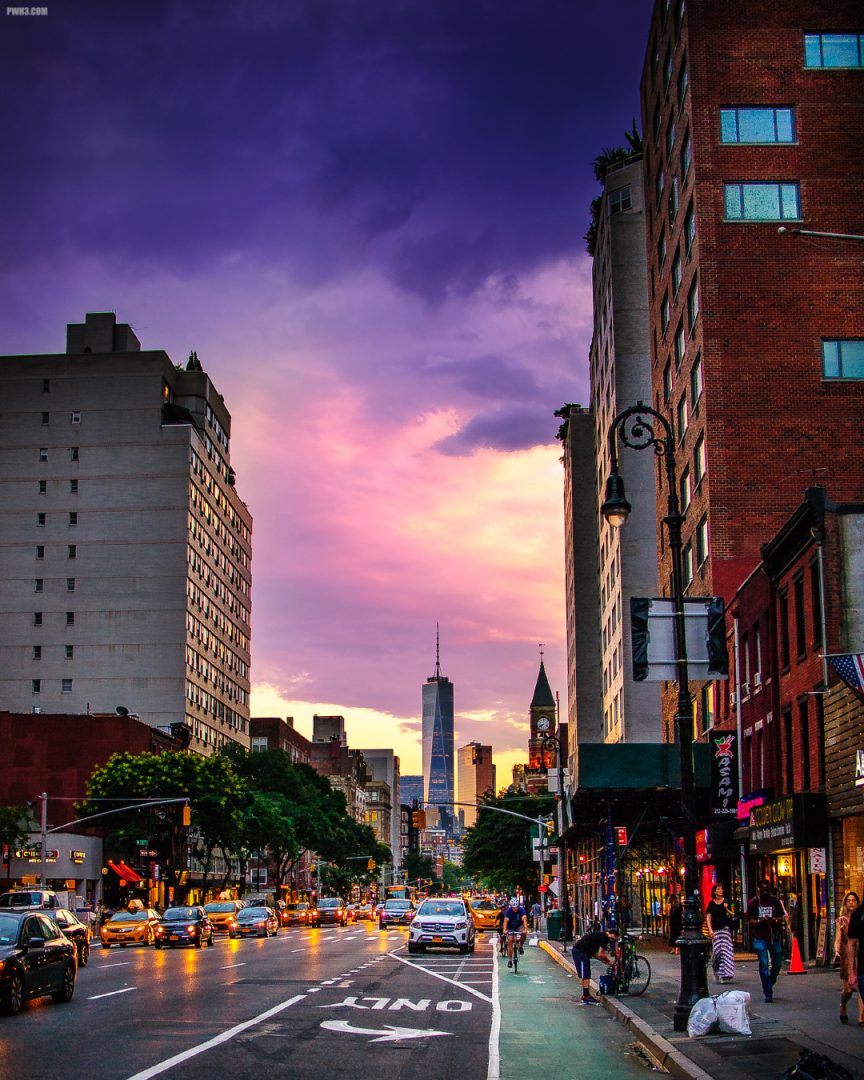
Autofocus is quick and accurate, but that’s to be expected since FX autofocus systems are generally the best anyway. It’s also nice to use this lens with a huge, bright FX viewfinder rather than the tiny DX viewfinders.
Give this lens a try on your full-frame camera and let me know what you think below in the comments! And follow me on Instagram for my latest photos of New York City.
If I Could Start Over…
I have owned many cameras over the years: manual film cameras, point and shoot cameras, Micro Four Thirds cameras, APS-C cameras and professional full-frame cameras.
I’ve also bought lots of different lenses for all of these different cameras and camera formats, from cheap zooms to expensive primes.
But if I could start over, knowing what I know now and having experience with all of this gear, would I make the same choices? Would I buy and own the same stuff?
The answer is no way.
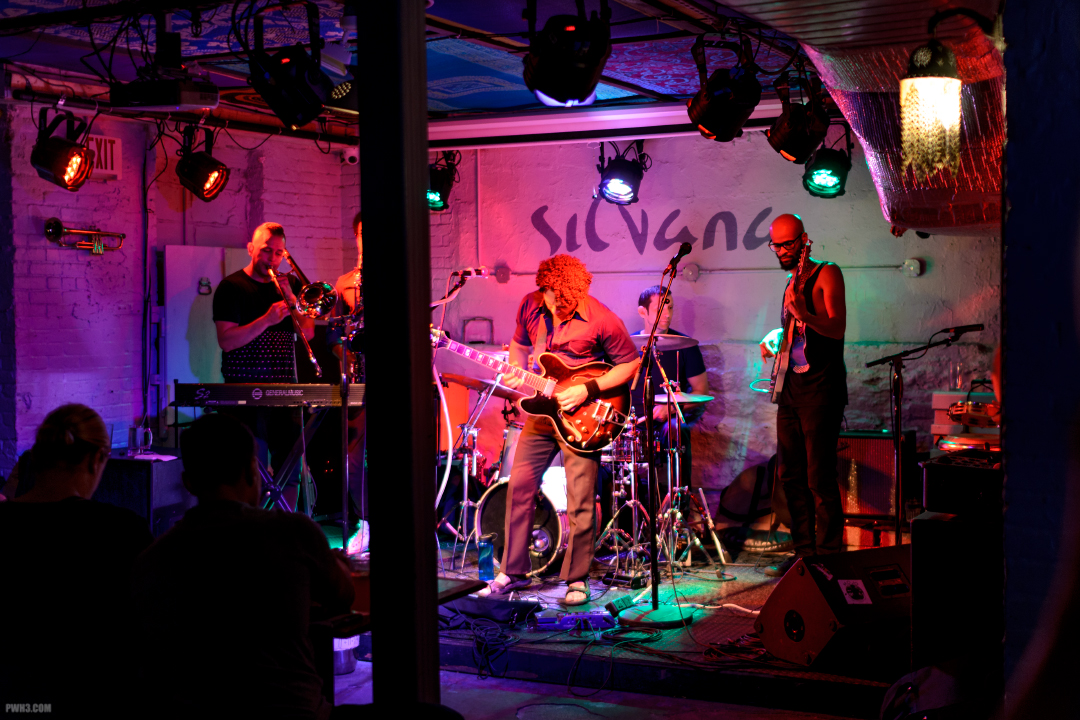
Keep it Simple
Starting over, I would try to keep everything as simple as possible. That means only two cameras. I say two cameras because I do think every photographer needs a backup camera, so in my “starting over” plan that’d mean owning a second copy of the same kind of camera or a closely similar model.
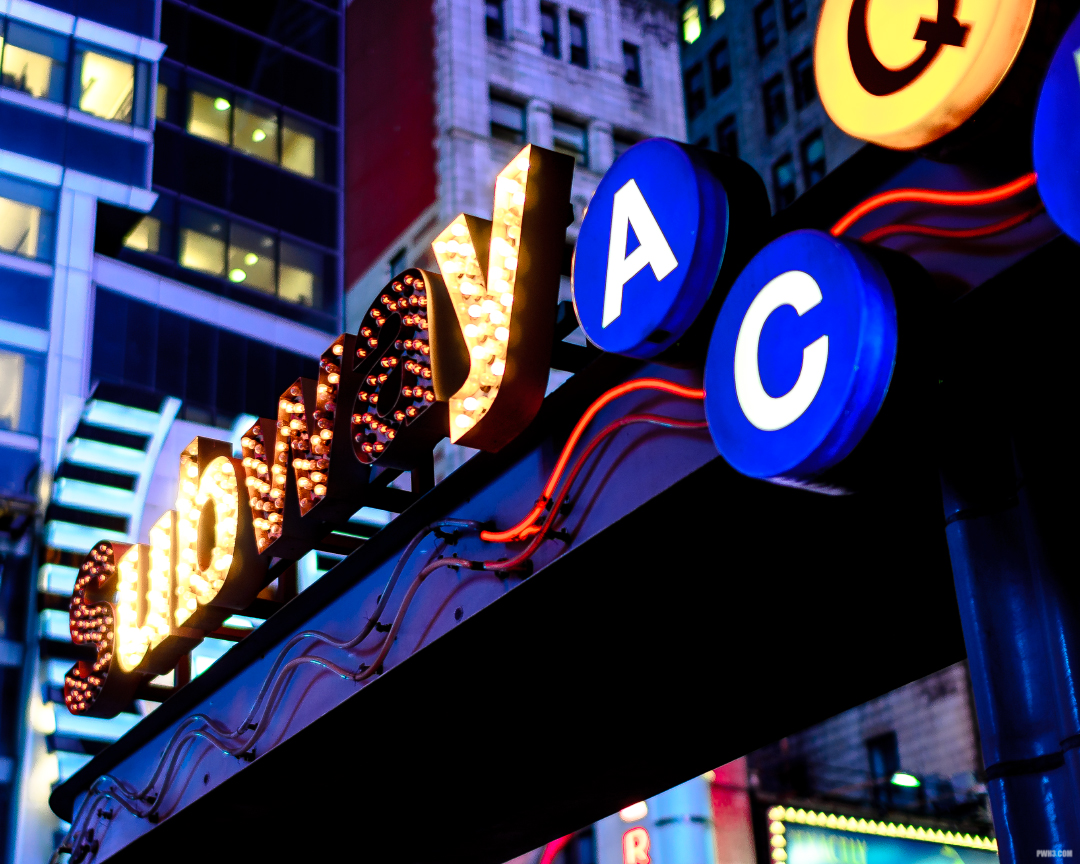
Keep it Cheap
I’ve spent a lot of cash on gear. I wouldn’t do that again. I would just get the cheapest camera that fits my needs and be done with it. Also consider that when a more expensive camera breaks, it’s more expensive to repair. I want a camera so cheap that I can just buy a new one for the cost of repairing a higher-end camera.
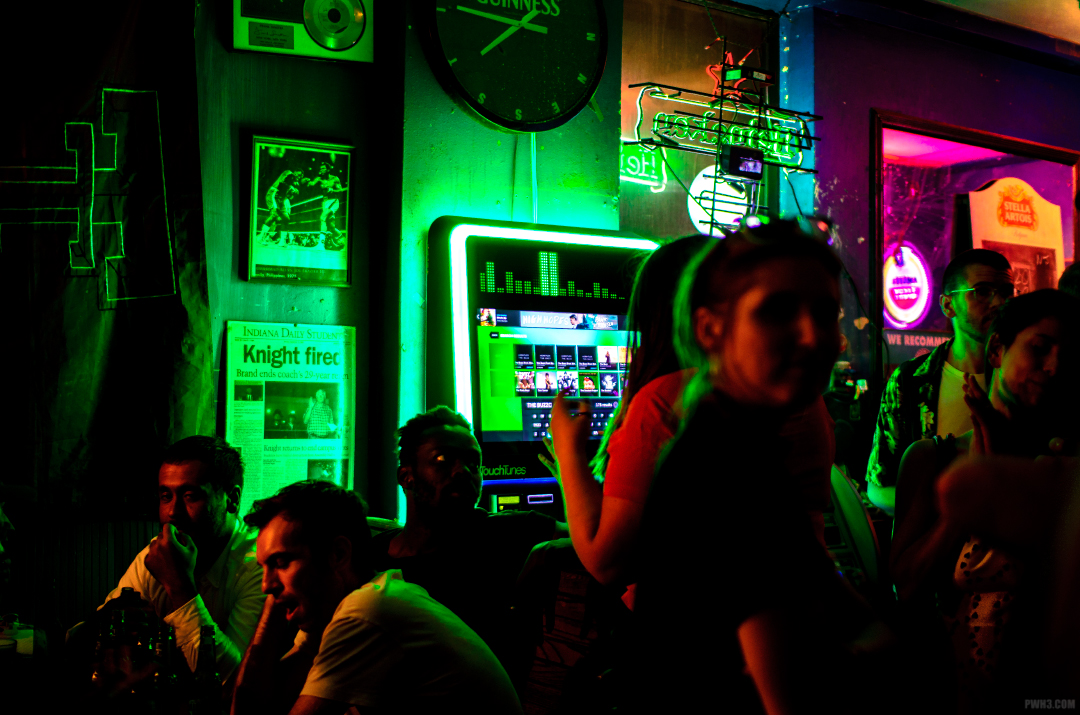
Image Quality Above All Else
In the past I have told myself that the image quality of certain cameras was “good enough”. Why even bother with carrying a camera around if you’re aiming just for “good enough” image quality? It is true that all modern sensors perform very well, but there are differences between the formats. There is a point where it’s hard to tell those differences (such as newer APS-C sensors versus full-frame sensors), but smaller sensor formats than APS-C just don’t deliver in a lot of circumstances. So no more “good enough” — I want superb image quality.
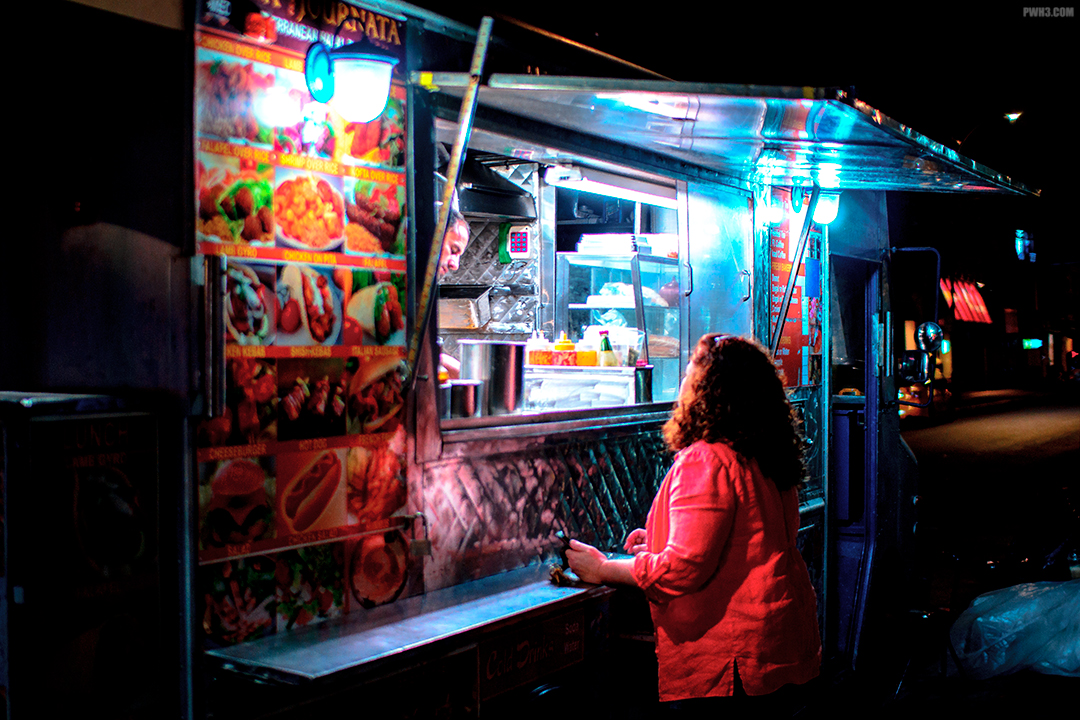
Controls Aren’t That Important
I don’t care that much about controls, buttons, dials, menu design, and so on. Are you going out shooting to make beautiful images, or are you out there to hold a camera and play with the buttons? I would absolutely rather have a camera with fewer controls that made stellar images than a “pro” camera with tons of buttons and dials that wasn’t so great.
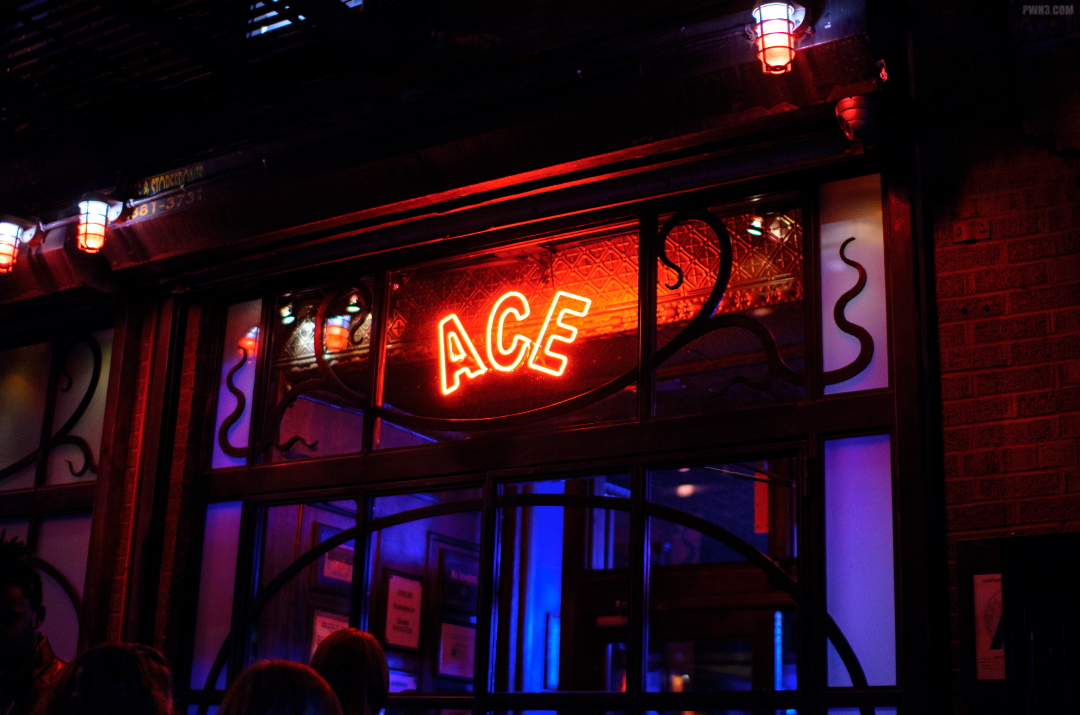
Okay, Let’s Start Over
So what does this all mean? It means I’d choose an APS-C camera, like one from the Nikon D5x00 series. The sad thing is, I already have a Nikon D5100 that I feel performs better than any other camera I own. I should have just stopping buying cameras after that one. Using it with an old 30mm Sigma f1.4 lens, the D5100 delivers images I haven’t been able to match with other combinations. I can also easily set it up for video since it has a fully-articulated flip-out screen and an input for a microphone.
If I knew everything that I know now I would have just bought that one camera — or these days, Nikon’s latest version of it, the D5500 and focused on taking pictures rather than chasing gear.
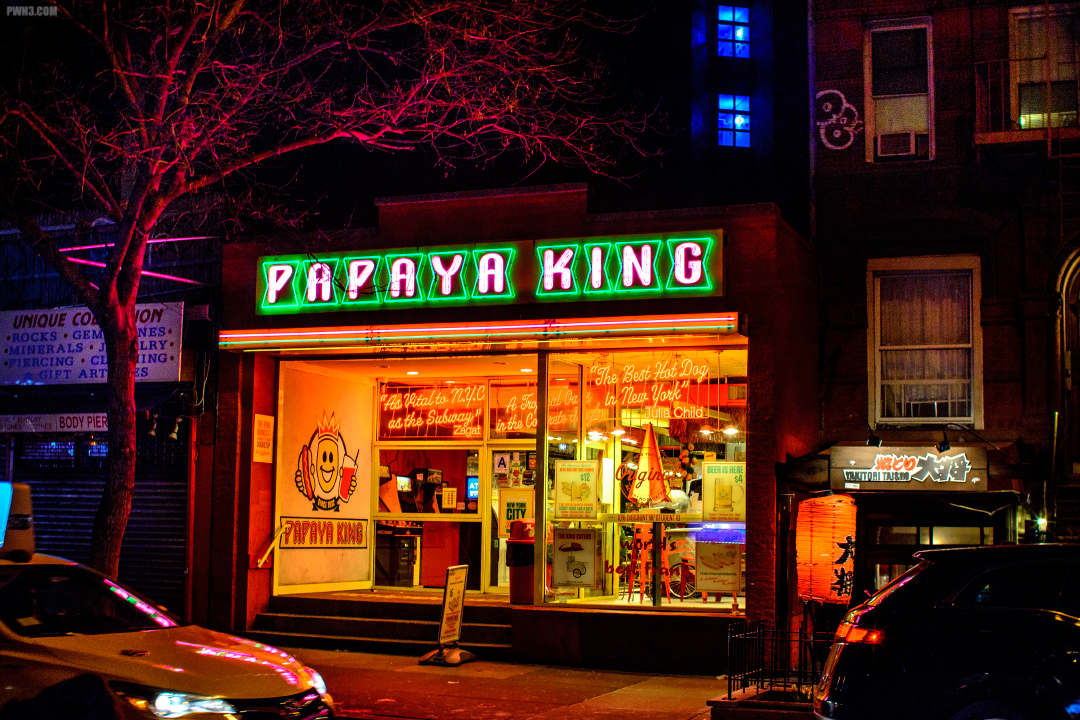
Every photo in this article was taken with my little Nikon D5100 & 30mm f1.4 setup. I bet you, dear reader, probably thought a more expensive, newer, or possibly even a full-frame camera took these images. But they didn’t. It was Nikon’s little outdated “amateur” model that made them.
What do you think of my decision process and final choice? Leave a comment below with your thoughts and consider following me on Instagram.

